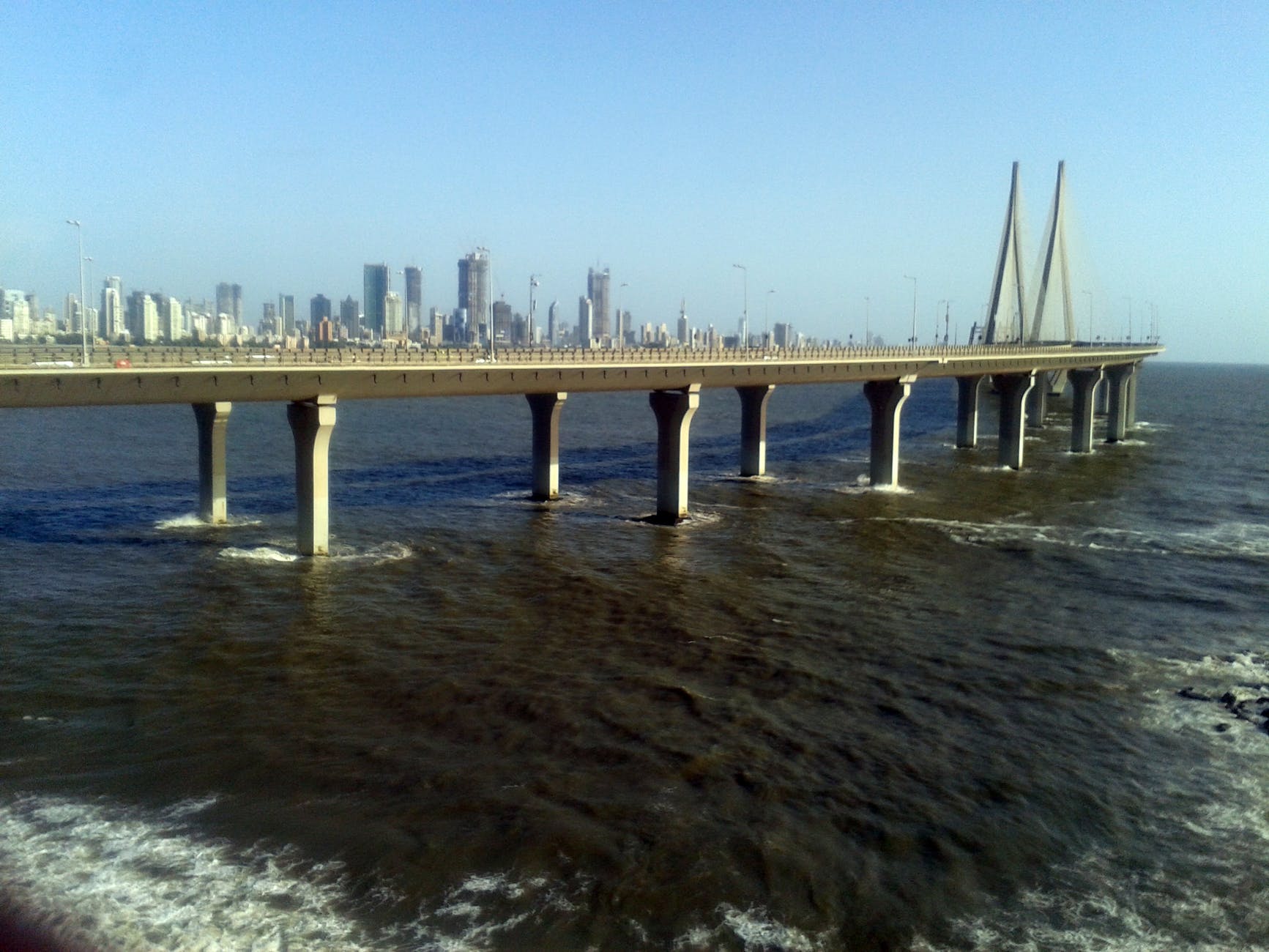The Bombay High Court, on July 16, 2019, quashed the coastal regulation zone clearances granted to Mumbai’s civic body and ordered construction on the proposed $1.7 billion (about Rs 12,000 crore) Mumbai Coastal Road project to stop.
The project is one of the most expensive infrastructure development projects, stretching 35.6 kilometres and connecting the entire western coast of Mumbai.
The project aims to create 90 hectares of land by reclaiming the inter-tidal western coast of the city’s shoreline. But citizens’ groups and environmentalists have raised concerns that the project will destroy the region’s unique ecology and the livelihoods of traditional communities who depend on the inter-tidal zone for fishing.
The project has been surrounded by controversies ever since the Union Ministry of Environment, Forest and Climate Change (MoEF&CC) gave environmental clearance in 2017. The ministry submitted ambiguous reasons to give the clearance.
MoEF&CC said the proposed project would reduce commuting time by 70 per cent and save 34 per cent fuel per day. It would also reduce the carbon footprint by 1,826 tonnes of carbon dioxide (CO2) per annum. However, considering the fact that 43 per cent of Mumbai’s residents uses the rail network, the proposed road will only cater to a small demographic of private vehicle owners who highly rely on non-renewable fuels for the vehicles.
MoEF&CC claimed the project would not have any adverse impact on tidal behaviour. But according to scientists, the dumping of rocks on the inter-tidal space would increase daily high tides by up to 1.5 metres, which would be detrimental to the survival of local fisher-folk.
MoEF&CC had also claimed said the project would be carried out strictly, in accordance with the provisions of the Environment Protection Act, 1972, and would render the coastal ecology of the area, including flora and fauna, in its original state after completion.
In truth, the damage to all inter-tidal fauna and flora would be permanent where tidal waters will be blocked for reclamation of land. It cannot be replenished. There are no known methods to restore permanently destroyed inter-tidal habitats or shores and bring the marine life back to its original state.
The project is an added burden to the fragile ecology. While everyone is struggling for a cleaner environment, a project like such can completely contradict the purpose of SDGs.
Thank you for reading. Please drop a line and help us do better.
Regards,
The CSR Journal Team


